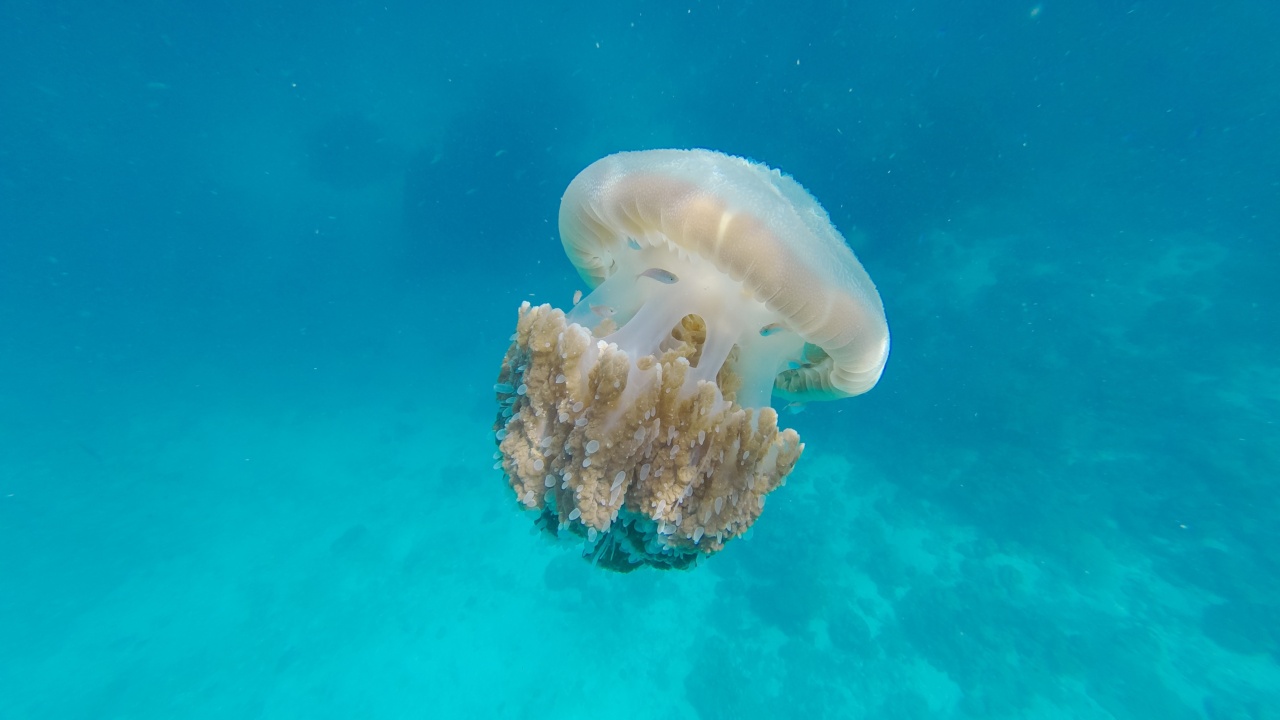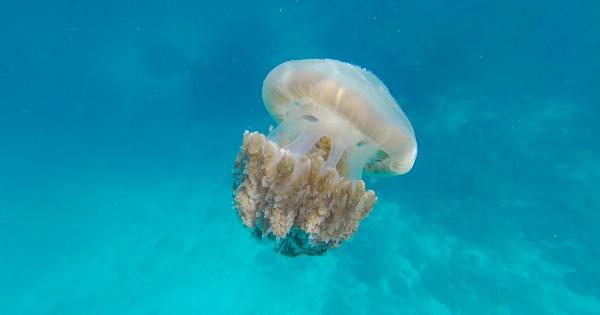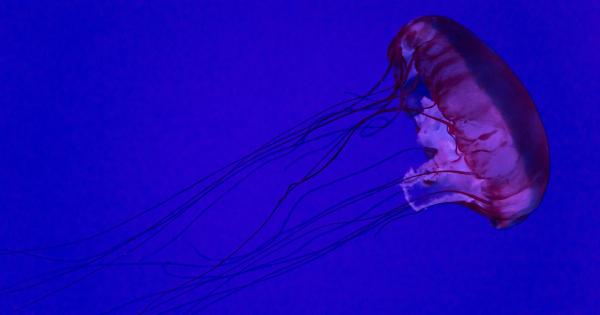Jellyfish stings can be an unpleasant and painful experience. Whether you enjoy swimming in the ocean or simply unwinding on the beach, it’s essential to be prepared for potential encounters with these mysterious creatures.
This guide will provide you with valuable information on how to cope with a jellyfish sting, including what steps to take and what to avoid.
1. Assess the Situation
Before taking any action, it’s important to assess the severity of the jellyfish sting. Some stings may cause mild discomfort, while others can be more severe and require medical attention.
Take a moment to evaluate the symptoms and the affected area to determine the appropriate course of action.
2. Rinse the Area with Seawater
One of the first things you should do after being stung by a jellyfish is to rinse the affected area with seawater. Avoid using freshwater, as it can worsen the pain by triggering the discharge of additional venom.
Gently pour seawater over the sting to wash away any remaining tentacles and venom.
3. Remove Tentacles with Tweezers or Gloves
If there are visible tentacles still attached to the skin, carefully remove them using tweezers or wear gloves to avoid direct contact. It’s crucial to approach this step with caution to prevent further stings or the release of more venom.
4. Soak in Vinegar Solution
Vinegar has proven to be an effective remedy for jellyfish stings, as it helps neutralize the venom. Immerse the affected area in a vinegar solution or apply a compress soaked in vinegar.
Allow the area to soak for 15 to 30 minutes, providing relief and reducing the risk of further venom release.
5. Apply a Cold Pack
After the initial vinegar soak, you can further alleviate pain and reduce swelling by applying a cold pack or ice wrapped in a towel. The cold temperature can help numb the area and reduce inflammation.
However, remember to avoid placing ice directly on the skin, as it can cause ice burns.
6. Utilize Over-the-Counter Pain Relief
If the pain is persistent or becomes unbearable, over-the-counter pain relief medications such as ibuprofen or acetaminophen can help provide temporary relief.
Be sure to carefully follow the product instructions and consult a healthcare professional if necessary.
7. Seek Medical Attention for Severe Reactions
In some cases, jellyfish stings can result in severe reactions, including difficulty breathing, chest pain, or signs of an allergic reaction. If you experience any of these symptoms, it’s crucial to seek immediate medical attention.
Additionally, if the pain intensifies or the redness and swelling spread, consulting a healthcare professional is advised.
8. Avoid Scratching or Rubbing the Sting
Although it may be tempting to scratch or rub the affected area, it’s important to resist doing so. Scratching a jellyfish sting can release more venom and worsen the symptoms.
Instead, focus on soothing the sting through the aforementioned measures and avoid aggravating the area.
9. Do Not Use Urine, Alcohol, or Ammonia
Contrary to popular belief, using urine, alcohol, or ammonia is not recommended for jellyfish stings. These substances can actually aggravate the sting, potentially leading to more pain and discomfort.
Stick to the vinegar solution, as it has proven to be a safer and more effective option.
10. Prevent Future Stings
Prevention is key when it comes to dealing with jellyfish stings. To reduce the risk of future encounters, consider the following precautions:.
– Stay informed about jellyfish activity in the area.
– Keep an eye out for warning signs or flags on the beach.
– Wear protective clothing, such as a wetsuit or rash guard.
– Use a reputable jellyfish repellent, if available.
– Swim with caution and respect jellyfish habitats.
Conclusion
A jellyfish sting can quickly turn a relaxing day at the beach into an uncomfortable experience. By following the appropriate steps to cope with a jellyfish sting, you can minimize pain, promote healing, and prevent further complications.
Remember to maintain a level-headed approach, seek medical attention when necessary, and take the necessary precautions to avoid future encounters with these fascinating yet potentially painful creatures.




























